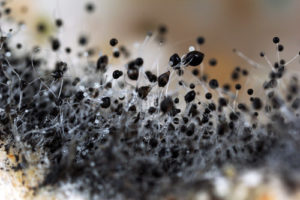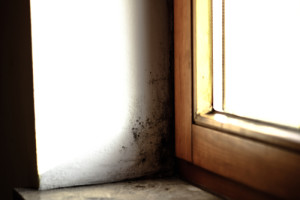Firefighters Are Now Fighting Black Mold in Their Own Fire Stations

Mold Isn’t Just In Old Buildings, Find Out if You’re Safe Before It’s Too Late.
Firefighters handle dangerous threats in the line of duty every day, but members of three stations in Oklahoma are facing one closer to home as black mold takes a toll on their health.
Black Mold: A Small but Mighty Foe
According to Northwest Rogers County Firefighter James Pippin, their three buildings date back to 1986 and poor maintenance has resulted in a major infestation of black mold. The fungus has been found throughout the stations on ceilings, baseboards and other surfaces.
Pippin explained that many of the firefighters began experiencing headaches, watery eyes, sinus congestion and other upper respiratory symptoms. They felt fine upon reporting to work, but started feeling ill as the days wore on.
After the firefighters compared notes, they had a professional come out to their stations and conduct mold inspections. While the control test performed outdoors showed 130 parts per cubic foot, the measurement indoors was a staggering 9,400 parts per cubic foot.
What’s the Solution?
As Pippin noted, that amount is just below the level when professionals recommend immediate evacuation. Armed with the test results, the fire chief called a board meeting to address the situation.
The decision was made to relocate all three stations as soon as possible. Unfortunately, Pippin says, the budget is tight and viable options are hard to find.
Contact Stern Mold for Safe and Effective NY Mold Removal
If black mold can take down firefighters, imagine the damage it could cause in your own home or building. Contact us today to schedule a free mold inspection and learn more about our eco-friendly, non-intrusive NY mold removal program.



